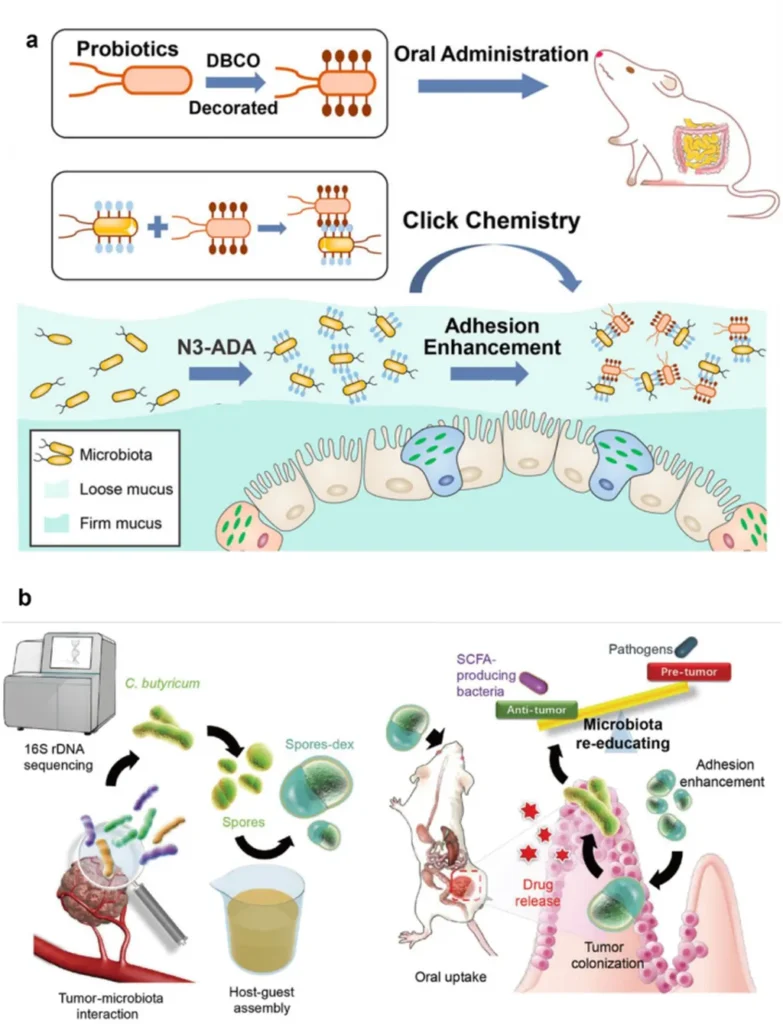In the quest to enhance animal health and productivity, researchers have turned their attention to the microscopic world of probiotics. A recent study published in the journal *Microbiology Spectrum* (translated to English as “Microbiology Spectrum”) has shed light on a promising candidate: Lactiplantibacillus plantarum GX17, a strain isolated from the intestines of healthy chicks. This research, led by Yangyan Yin from the Animal Science and Technology College at Guangxi University in China, offers a glimpse into the potential of this strain to revolutionize animal feed applications.
Lactobacilli are no strangers to the spotlight, celebrated for their probiotic prowess in human health. They regulate intestinal flora, boost immunity, and aid nutrient absorption. But their role in animal health is equally compelling. The study comprehensively analyzed the genotypic and phenotypic characteristics of L. plantarum GX17, revealing a strain with remarkable resilience and potential.
The genome of L. plantarum GX17, consisting of 29,521,986 base pairs, was meticulously assembled and analyzed. Researchers predicted 1,771 coding sequences (CDSs) and identified 50 stress resistance genes and seven virulence factors. “The phenotypic experiments showed that the strain had good resistance to high temperature, low temperature, acid, alkali, salt, artificial gastrointestinal fluid, and strong antioxidant capacity,” Yin explained. This resilience is a crucial trait for a probiotic, as it must survive the harsh conditions of the digestive system to exert its beneficial effects.
Transcriptomic analysis further confirmed the strain’s robustness. Under stress conditions, the expression levels of key genes were significantly upregulated, aligning the phenotypic characteristics with the genotypic features. This harmony between genotype and phenotype is a strong indicator of the strain’s probiotic potential.
The implications of this research extend beyond the laboratory. In livestock, the application of L. plantarum GX17 could improve feed conversion ratios, suppress enteric pathogens through competitive exclusion, and mitigate antibiotic overuse. As Yin noted, “This is a critical strategy in One Health frameworks, which aim to balance the health of humans, animals, and the environment.”
The study also highlights the need for further investigation into strain-specific mechanisms, such as postbiotic metabolites and quorum sensing regulation. These insights could pave the way for more targeted and effective probiotic applications.
As the world grapples with the challenges of sustainable agriculture and food security, the potential of probiotics like L. plantarum GX17 cannot be overlooked. This research not only advances our understanding of probiotics but also opens new avenues for improving animal health and productivity. The journey from the intestines of healthy chicks to the feed troughs of livestock is a testament to the power of scientific inquiry and its potential to shape the future of agriculture.

